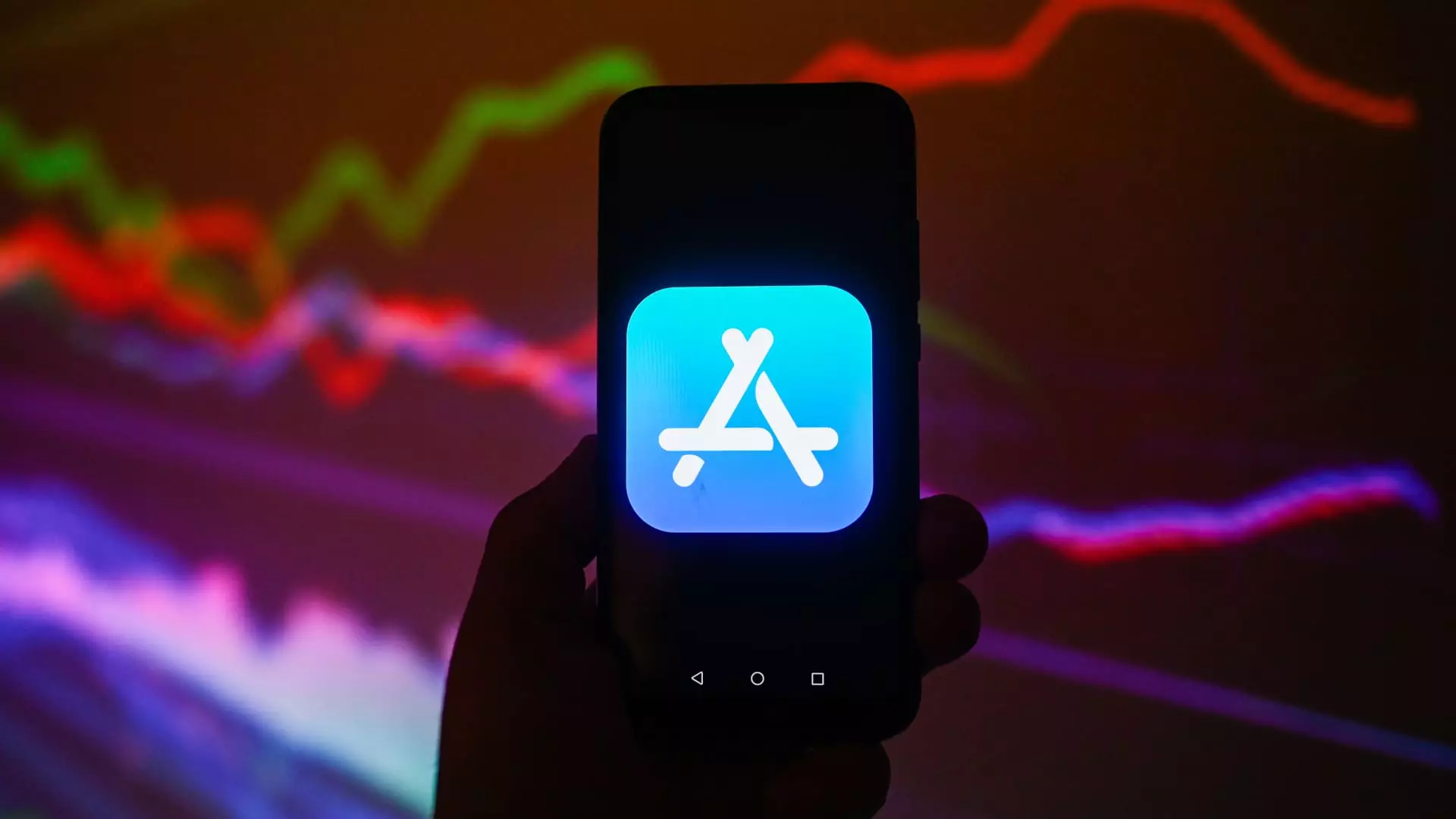Apple Inc. finds itself at a pivotal juncture as it strives to maintain growth within its flagship iPhone division while simultaneously carving a new path through its expanding services sector. The company’s fiscal first-quarter earnings released on Thursday revealed a record-breaking gross margin of 46.9%, eclipsing the previous high of 46.6% recorded in March 2024. This figure indicates a noteworthy resilience in profitability, despite the struggles inherent in a saturated smartphone market and declining iPhone sales.
A closer inspection of Apple’s services reveals a diverse array of offerings that include App Store transactions, advertising revenue, subscription services like AppleCare, and various consumer payment solutions. These elements contribute positively, bolstering the company’s overall financial health as iPhone sales witness a subtle decline of close to 1% compared to the year prior, particularly influenced by sluggish demand in Greater China. This scenario prompts the question: has Apple successfully navigated its focus from hardware to high-margin services?
The services segment has emerged as a critical lifeline for Apple, underpinning the company’s efforts to offset dips in traditional product sales. The revenue from services surged approximately 4% to reach $26.34 billion, surpassing analysts’ expectations and signifying a vital pivot in Apple’s overall financial strategy. Notably, services now constitute about 21% of Apple’s total revenue, highlighting a significant shift in the company’s business model. This growth trajectory signals that Apple is leveraging its existing user base more effectively through enhanced engagement with digital services.
According to CFO Kevan Parekh, the services business plays a crucial role in increasing the margins of the company overall. The demonstrated success of this sector provides Apple with a buffer against the vagaries of hardware sales, particularly in an era where smartphone growth has plateaued globally. The ascendance of services to a $100 billion annual business last quarter speaks volumes to Apple’s strategic foresight.
Apple’s consistent profitability amid a challenging hardware landscape has shifted Wall Street’s perspective on the company. Historically associated with revolutionary hardware, Apple is now recognized for its evolving identity as a provider of high-margined digital services. This transition is not merely a trend but a necessary evolution as the tech giant braces for the future of consumer electronics and an increasingly digital marketplace.
With the gross margin rising from a stable 38-39% during the iPhone’s hegemony to a notable 40% in 2021, Apple’s profit margins have taken an upward trajectory amid declining device sales. This evolution reflects how essential it is for Apple to innovate beyond its flagship products. Consequently, tech analysts have begun to regard Apple as deserving a premium on its comparative valuation, contemplating factors like the burgeoning era of on-device generative AI alongside its entrenched market position.
Investors have responded favorably to Apple’s profitability metrics, with the company’s stock appreciating by 31% last year, outpacing broader market indices like the Nasdaq. A robust market capitalization of $3.6 trillion reinforces investor confidence in Apple’s multifaceted business approach, blending both innovative hardware and crucial digital services successfully. Analysts from firms like Argus continue to express bullish sentiments, advocating for the purchase of Apple stock based on its distinguished service trajectory and potential in future technologies.
As Apple navigates new waters, the enterprise reflects not only its ability to maximize profitability in the face of declining hardware sales but also its strategic redirection towards high-margin services. This outlook entwines investor expectations with consumer demands, establishing a unique model of sustainability and growth. The critical question remains: can Apple maintain this balanced approach and drive forward in an industry defined by unpredictability while leveraging its historic strength in devices?
Apple’s journey from a device-centric business model to one that embraces services signifies an adaptive strategy that speaks volumes about its ability to evolve. The Tech giant’s future will likely hinge upon its commitment to innovation, both in hardware and services, ensuring it remains a key player in an ever-changing landscape.

